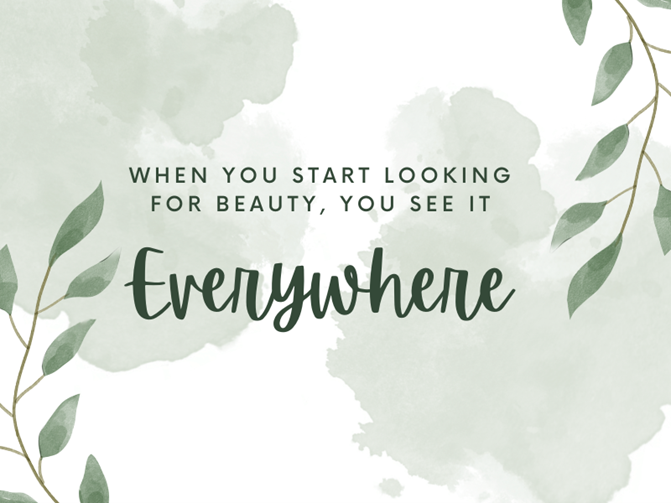by Adapt Training and Development

Years ago, when blogs were still very popular, a blog called Habit shared one photograph a day with a few words about that photo or that day. There was something lovely about the photos of toasters and sunsets and rainboots, and the tiny glimpse into people’s everyday lives, their small joys, sorrows, and irritations. The idea has stayed with me—doing one small creative thing day after day, without it having to be anything more than sort of a visual journal of my days.
A recent article in the New York Times described how art – broadly defined – can help our mental health. It describes several studies in which coloring (in a detailed manner, such a mandala coloring book), drawing your problems, listening to and playing music, and reading or writing poems can help us feel better. Because there are a lot of ways to approach this (e.g., reading a poem or two a day if you don’t see yourself writing a poem), our skill level isn’t important. What matters is the daily practice and the way that art helps us unhook from some of our thoughts. Dr. James S. Gordon is quoted in the article as saying, “In my experience, art . . . goes beyond words in helping us to understand what’s going on with ourselves and to understand what we should do with it.”
If this interests you and you need a nudge, here are a few ideas:
- Make it easy – you could buy a book of poems and keep it next to where you most like to sit. Try to read one a day and really “sit with” the poem, rather than trying to read the whole book quickly. If you are new to poetry, here are a few poets, historical and recent, you might check out: Rilke, Rumi, Billy Collins, Emily Dickenson, Robert Frost, Langston Hughes, Mary Oliver.
- Emulate the “habit” idea and make a point to take one photo a day on your phone that captures something beautiful or memorable about the day. When you start looking for beauty, you see it everywhere!
- Journal – many people find that doing some freewriting, especially first thing in the morning, helps them get their day off to a good start. A common way to practice this is to write continuously for a set amount of time (5-10 minutes) without worrying about spelling, punctuation or grammar. Just keep the pen moving!
- If there is an artistic practice that you like but have not done for a while—maybe playing an instrument or knitting – make a deal with yourself that you’ll pick it up and do it for 10 minutes each day, even if you feel “rusty.” You could try this for a week and see how it feels.
- Many artists use a sketchbook or daily painting practice. The point is to work on your art regularly, not to end up with a masterpiece. Setting a timer can be a nice idea here, too. Here are some tips from illustrator Terri Runyan and a daily sketchbook jumpstart.